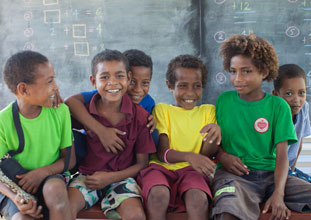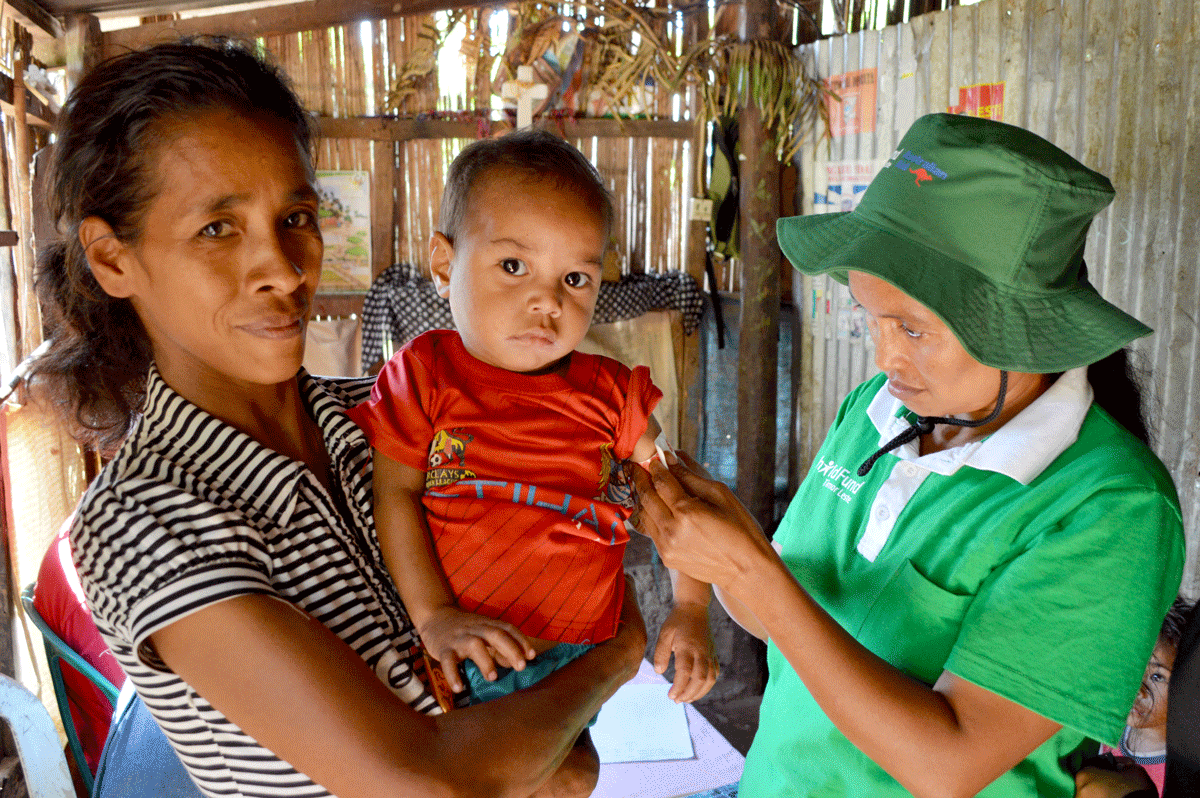Earlier this month, I led ChildFund’s delegation to the United Nations World Conference on Disaster Risk Reduction in Sendai, Japan.
I was lucky enough to make a presentation on the “Ignite!” stage at the conference, which you can watch below. It’s a description of a project carried out by ChildFund, with the support of the Australian Government, that helped youth engage in disaster risk reduction (DRR) in the Philippines. As you’ll see, their efforts, and leadership, helped save lives and reduce damage when Typhoon Haiyan struck.
According to the 1989 Convention on the Rights of the Child, children and youth have the right to participate in matters that concern them. So involving kids in DRR activities, as leaders (within national frameworks, as we did in the Philippines, and keeping their safety uppermost in our work) is one way of realising their rights. So it’s a must.
But also, youth-led DRR activities worked! As you will hear in the presentation, when Haiyan hit the Philippines with terrible force in November of 2013, just 18 months after the project ended, communities were much better prepared.
Among commitments made by the world community in Sendai, there are three references to the participation of children and youth:
- In paragraph 7 – “There has to be a broader and a more people-centred preventative approach to disaster risk. … governments should engage with relevant stakeholders, including women, children and youth… in the design and implementation of policies, plans and standards.”
- In paragraph 19 (d) – “Disaster risk reduction requires an all-of-society engagement and partnership. … the promotion of women and youth leadership…”
- In paragraph 36 (a) (ii) – “Children and youth are agents of change and should be given the space and modalities to contribute to disaster risk reduction…”
Youth-led DRR: it’s their right, it builds their resilience, it makes DRR efforts stronger, and the world community is now committed.
Let’s make it happen.
Read more from Mark on this topic here.

